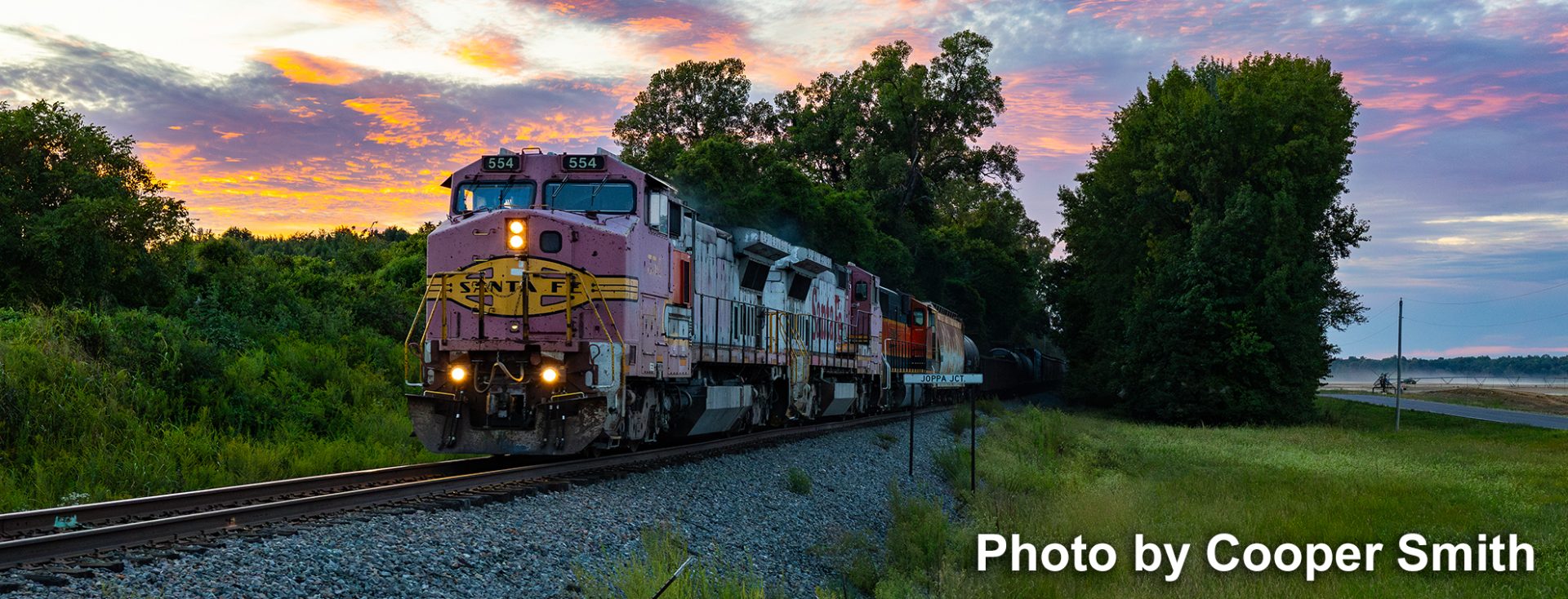
Fairbanks-Morse Erie-built diesels lead the Milwaukee Road’s Olympian Hiawatha at Beverly, Wash., on Feb 11, 1949. The train is running as an extra because snow slides in the Cascade Range have put it about 20 hours late.
Operating rules state that any timetable-scheduled train, more than 12 hours late on the posted schedule, loses both right and class and can no longer proceed and further movement must be as “Extra,” or unscheduled train, authorized by Train Orders. Hence the white flags displayed high near windshield.
The train has just descended the 2.2 % grade down the Saddle Mountains, and the rear of this train is still over the Columbia River. Those mountains in the background are part of the Army’s Yakima Firing Range. No trains pass through Beverly, or cross the river today. The track is gone and the right-of-way is part of the Iron Horse State Park and the John Wayne Trail system. The bridge itself, the vital missing link in the cross-state trail system, has been closed to the public for safety concerns. Plans are being formulated to deck the surface and open for non-motorized use.
These shiny new FM units are opposed-piston diesel powered, an engine developed for marine use, mostly submarines. They produced tremendous horsepower proportion to their size, however, not considered wildly successful in rail use. They had a bad habit of cracked cylinder casings, and when that occurred you could see them coming for miles, just like a steam engine.
The late Wade Stevenson, a 35-year Milwaukee Road employee, worked in the Othello, Washington roundhouse most of those years. An avid photographer, he used public transportation and his rail-pass traveling the country recording history. He never married, never owned a car.
credits: Pix by Wade Stevenson, text assist by D. T. Sprau
